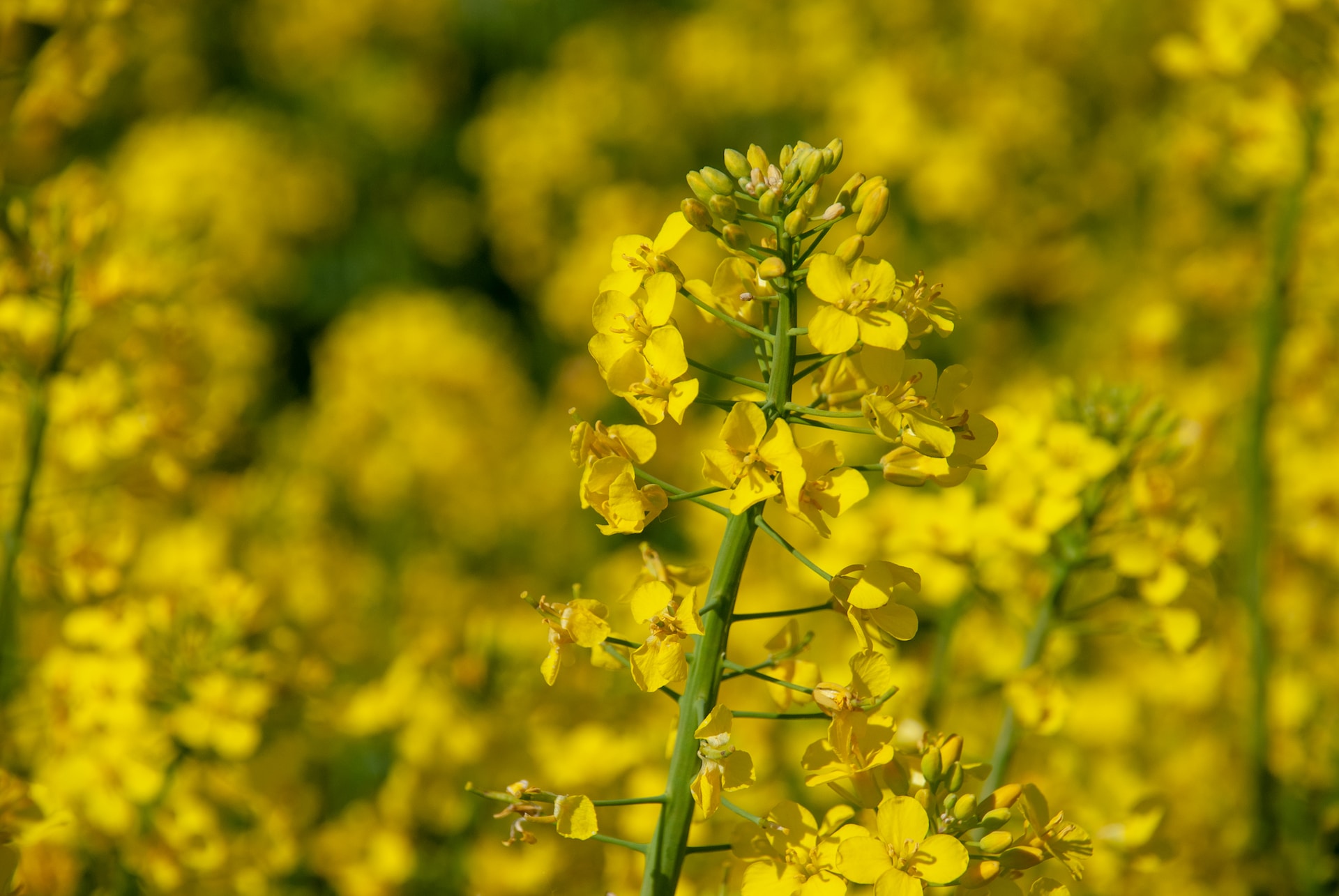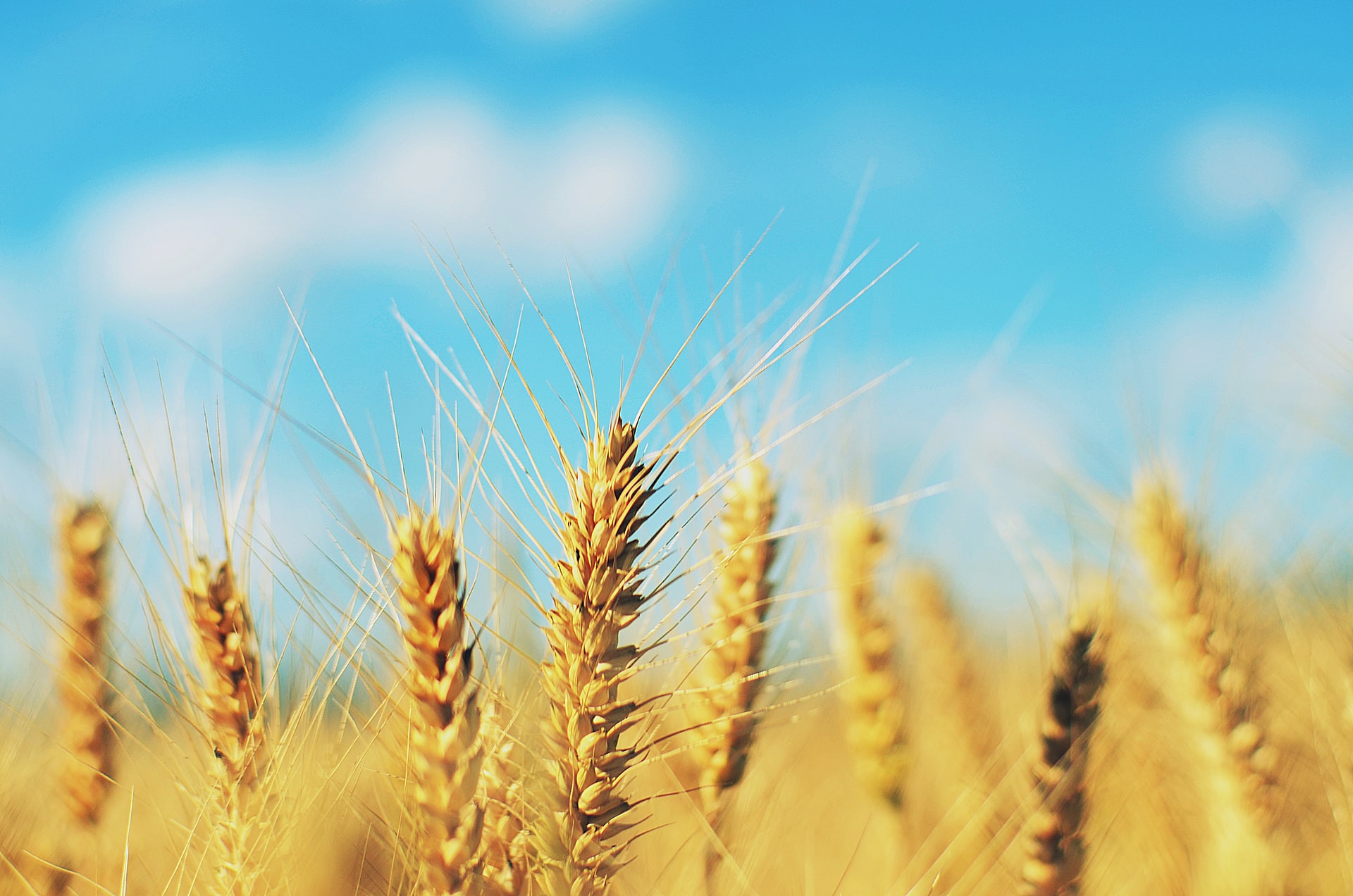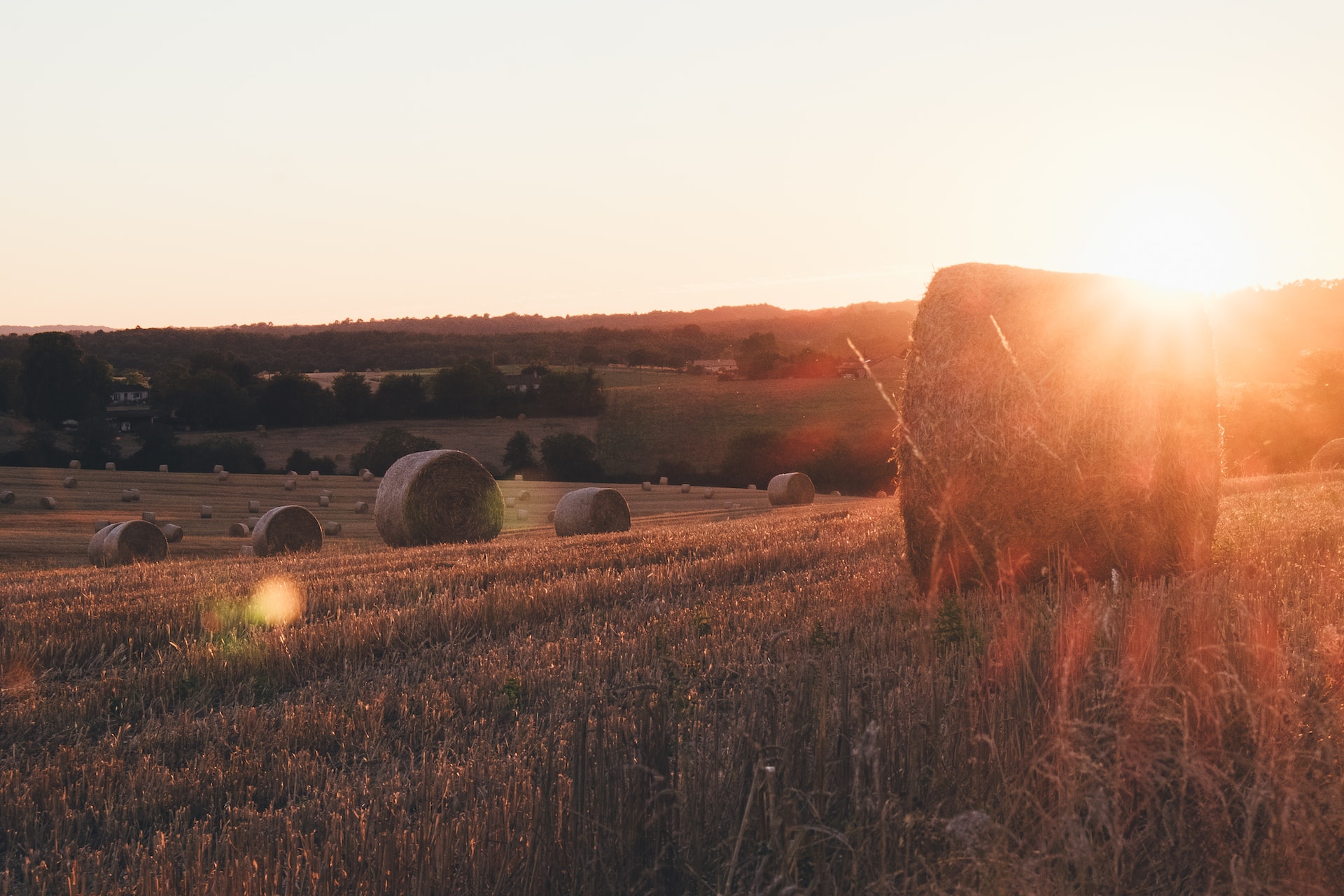Rain makes grain
By Brad Cullen
7th June, 2023
They say “rain makes grain” and this is certainly going to be the case this week with widespread falls forecast to occur over most grain growing regions around Australia. Unfortunately there’s always a loser for every winner and the forecast, as it stands currently, is leaving growers in NE NSW and QLD with little to smile about.
Growers in central and southern NSW, as well as Victoria, have been burning the midnight oil spreading urea and completing seeding operations in front of what’s forecast. With a patchy germination on little in-crop rainfall so far, hopefully soil temperatures remain warm enough to get everything up and even out.
Markets, of course, have been watching the dry weather we have experienced over April/May and have been reacting accordingly. It’s got to be said however that it hasn’t been the dryness per se that’s seen basis firm, but more the resultant selling behaviour by growers. In a general sense, the drier it gets, the less selling we see – regardless of amount of stock still available to the market, and with back-to-back record production years, grain stocks still remain high on the East Coast – especially as bulk export pace is slowing.
June sees us only a month away from the Northern Hemisphere harvest commencing so it also becomes a tricky month to get sales on from out of Australia. There’s lots of advantages to living “down under” – but distance from bulk export markets in Europe/Middle East ain’t one of them – canola into Europe and barley into Saudi Arabia are good examples of this!
2023 has seen a reduction in planted canola hectares in Australia based on both a dry seasonal forecast and the dramatic drop we’ve seen in canola prices at the farm gate. Increased oilseed plantings globally in 2022, and a reduction in demand for Australian canola, have both resulted in this drop. Growers still holding old crop canola are “picking the eyes” out of the market by only engaging when there’s a slight rally. It seems there is still quite a bit of stock in grower ownership so watch this space in old crop markets.
Conversely, barley plantings have increased this year based on the dry forecast. Barley is seen as a “low risk” option due to its lower cost of production and earlier maturing characteristics. There is also hope in the longer term that trade sanctions to China will be lifted, meaning barley is more in demand. Old crop barley stocks seem to be of mixed quality on farm, with plenty of BAR1/BAR2 stacks. The domestic market is working its way through these stocks currently whilst bulk demand is still lagging without China’s influence.
There is a long way to go during the 2023 season. A drier trend is still expected for the latter parts of this year. Hopefully June rainfall sees soil moisture fill to the point that only minimal rainfall is required to get a crop over the line.
Grain growers face weather and global market challenges

The NSW grain industry, a key player in our state's agriculture, is navigating some rough waters. Changes in weather patterns and potential shifts in the global market are making things tricky for farmers across the state...
Read MoreA spotlight on Maximum Residue Limits

The recent announcement that the European Union is planning to reduce the Maximum Residue Limit (MRL) for haloxyfop on canola has been widely discussed...
Read MoreSowing the focus

Growers are deep into their winter crop sowing programs and within a few weeks, they'll have finish line in sight....
Read MoreMarkets trading fundamentals, not headlines

As we draw a close to the traditional sowing window for canola and open for main season wheat on the east coast of Australia, the sowing conditions for the most part, are favourable at worst.....
Read MoreA big break for most

While crops aren't made in Autumn it certainly doesn't hurt to have the start to seeding most Australian growers are enjoying to this point....
Read More